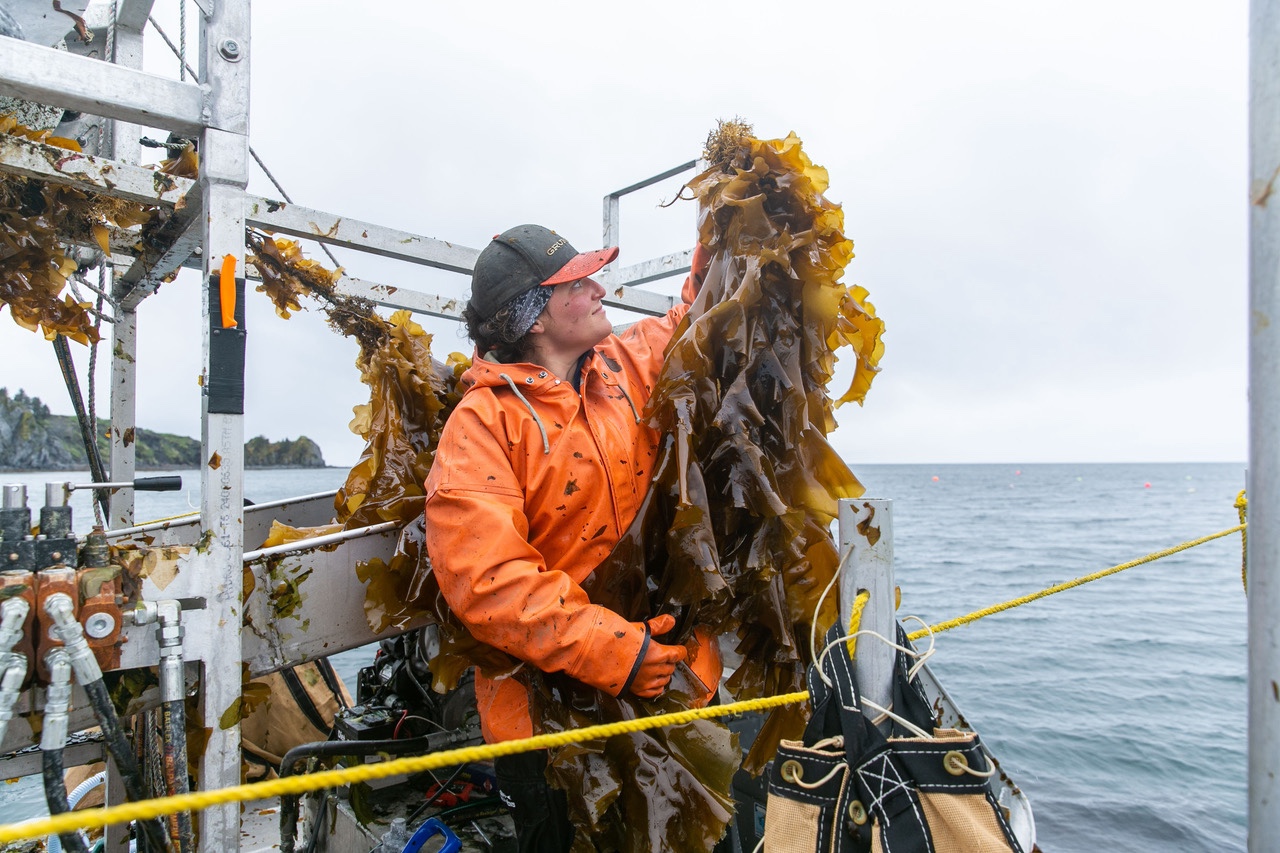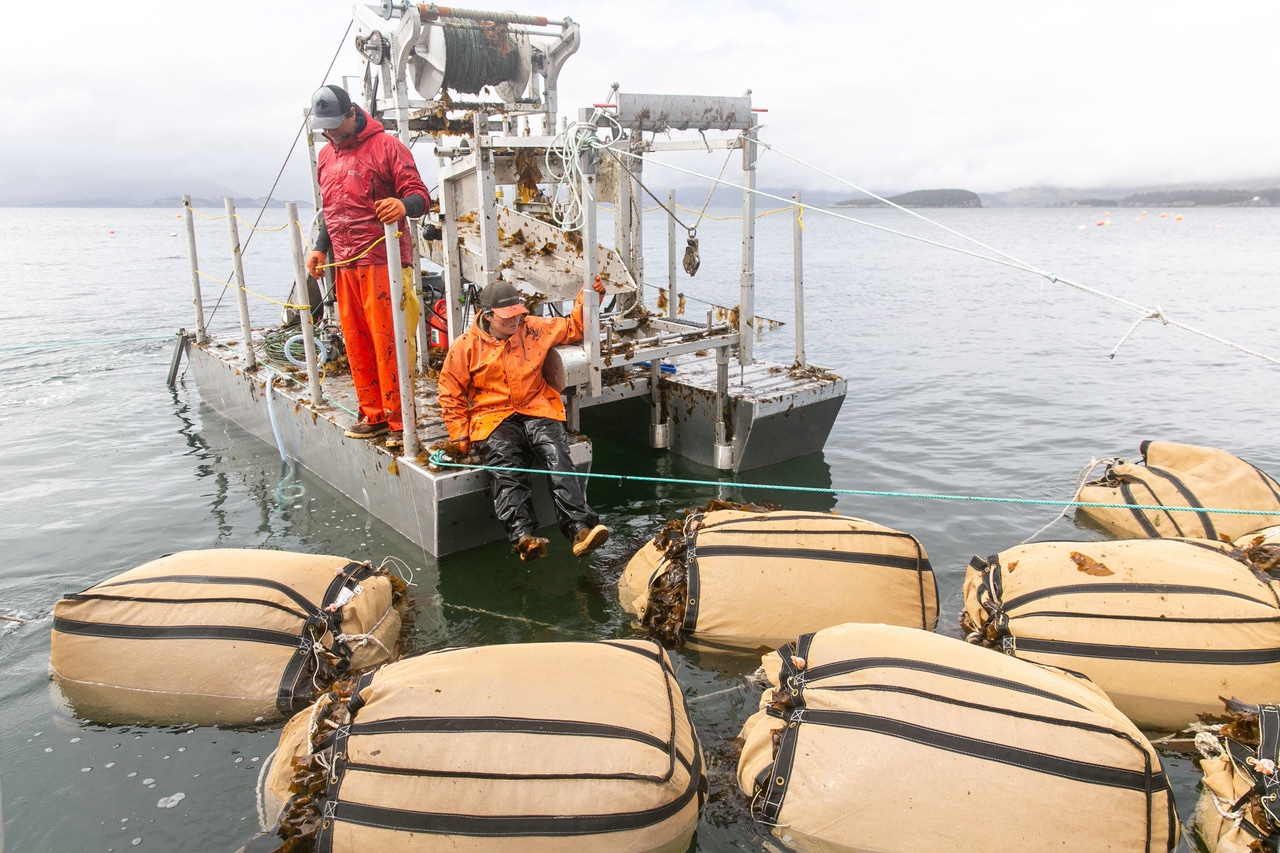Older Employees Could Be the Answer to Tech's Workforce Problem


(Image: insta_photos/Adobe Stock)
Layoffs by major tech companies may attract headlines, but they obscure the true picture. The demand for tech talent, particularly at the entry level, continues to grow. As the digitization of the global economy continues, almost every company is arguably becoming a tech company in some way.
Companies across various industries — including healthcare, retail and manufacturing — are expanding their workforces with a diverse range of roles. Tech employment in the European Union increased by 5 percent every year from 2010 to 2019, according to the International Labor Organization. In the United States, tech employment rose at a yearly rate of 3.3 percent from 2011 to 2021, according to the U.S. Bureau of Labor Statistics. That’s almost 10 times the growth rate of general employment in the country.
As tech companies wrestle to meet the demand for workers, a source of talent is not being tapped as much as it could be: older workers, according to a report by the global economic mobility nonprofit network Generation.
The report is based on a survey of more than 5,200 job seekers, tech employees, and tech and non-tech employers in eight countries: Brazil, Canada, France, Germany, India, Mexico, the United Kingdom and the United States. The key takeaway from the survey: Employers should radically rethink how they recruit talent for entry-level tech positions.
Of the employers surveyed, 86 percent are hiring entry-level tech employees, Mona Mourshed, Generation CEO, told TriplePundit. And 62 percent are investing in initiatives such as onboarding, mentorship, and internship programs to expand and diversify entry-level talent pools and boost profitability.
Nevertheless, more than half of employers are running into difficulties sourcing entry-level talent. And even more of them agree that the recruitment processes for these roles need to change.
“Only about half of companies actually consider age to be part of diversity, equity and inclusion, so it is often overlooked,” Mourshed said.
Despite the lack of consideration for age, more people are working later in life. So businesses will increasingly depend on workers aged 60 and above, according to the Organization for Economic Co-operation and Development.
“We observe that in green jobs and in healthcare, employers have greater appreciation of mid-career and older workers,” Mourshed said. “It tends to be tougher in the tech arena because of the perception that people who are in their 40s, 50s, etcetera, won’t be as comfortable with technology, they won’t learn as much, they won’t learn as fast, they will struggle with change and so on.”
The perception these companies hold is that people in their 30s are in a “Goldilocks zone” with just the right amount of work experience and maturity and are still able to learn, she said.
“When we asked companies whether they felt that the mid-career older candidates that they were getting were fit for their purposes, only 15 percent said yes,” Mourshed said. “But when we asked those same companies how the mid-career and older workers they hired are doing on the job, 86 percent said they are doing as well, if not better, than their younger peers.”
Generation, which provides programs to prepare workers of all ages for the emerging job market, specifically forms mixed age cohorts in its training programs, she said.
“We seek to have younger learners and our mid-career and older learners paired up and actively learning from each other because the best workplaces are indeed intergenerational,” Mourshed said. “The best companies in the world are very creative about how and where they find talent, and this is a vibrant pool of talent.”
Governments can play a crucial role in encouraging companies to hire older workers, she said. Funding for work training tends to be geared towards younger individuals.
Singapore, for example, has programs that support training for mid-career and older workers to start new careers and be placed in a new job, she said. The government also jointly pays the salary of those mid-career and older workers for the first year of their new jobs.
“From the employer’s perspective,” Mourshed said. “This helps to mitigate the risk of hiring someone with a work profile that is different from what they would usually hire.”

























